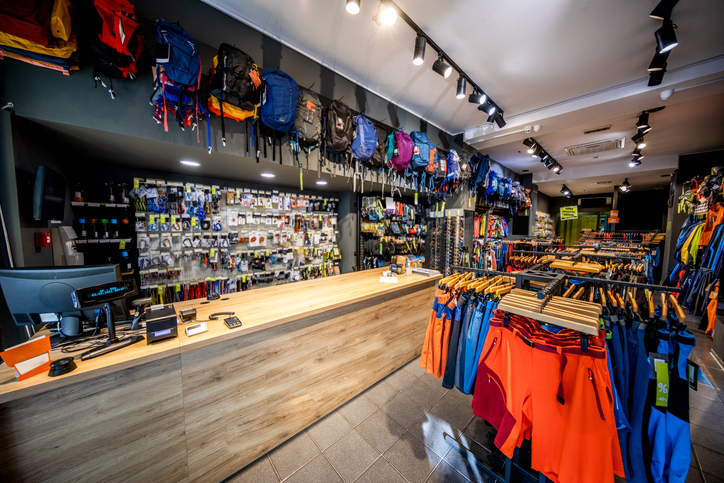Opening more stores is the investment priority for 79% of retail CIOs in 2024

The stores are clearly back, something we were already able to confirm during 2023 and expected to continue as the trend in 2024. This is demonstrated by the data from the “2024 Gartner CIO and Technology Survey” conducted by Gartner, which indicates that this will be a priority for 79% of CIOs when investing.
Regarding technological investment in stores, it is aimed at their digitization. For example, with the arrival of mobile devices, RFID, robotics, or augmented/virtual reality (AR/VR), to offer more immersive experiences and increase the efficiency and effectiveness of their operations (inventory management, order preparation…) within the execution of retailers’ unified commerce strategies. 69% of respondents expect to allocate the absolute value of their budget to these technologies.
Unified commerce is key to achieving goals
Increasing the efficiency and effectiveness of operations in stores has become a key and strategic purpose to support retailers’ objectives in achieving greater profitability as the basis for future growth. This involves adopting technologies that offer their operations, among other benefits, increased margins and optimized costs.
To achieve these goals, unified commerce platforms will continue to receive maximum attention and interest from retailers. This was also confirmed by Gartner in another of its recent studies and one of the most consulted by retail CIOs when assessing future technology investments, such as the Hype Cycle for Retail Technologies 2023, which we had the opportunity to present in one of our webinars.
Inventory management and employee experience
Another type of technology fully aligned with these objectives, also analyzed in the same study, is solutions for inventory management, which allow for much more precise and real-time coordination of stock levels in stores, a fundamental requirement for successful execution of any unified commerce strategy. Or the incorporation of RFID use, which has ceased to be seen as a high-cost option as it was a few years ago, to become a key ally in improving inventory control.
When it comes to a better shopping experience, all studies identify a clear objective: providing associates with better tools. Thus, we are no longer talking only about improving the customer shopping experience but also about employees.
The store of the future
Walmart is a clear example of this trend towards greater investment in physical stores. The retailer has invested over 9 billion dollars in renovating more than 1,400 stores over the past two years, a strategy it has announced it will continue to develop. A clear example is its renovated Quakertown supercenter in Pennsylvania, announced last January 12th. The remodel, called the “store of the future,” incorporates interactive technology that integrates online and in-person shopping.
The challenge for retail CIOs is more daunting than ever today, at a time when they are increasingly measured by the value technology brings to the business and how it helps achieve growth and profitability goals. Thus, the adoption of technologies like unified commerce equipped with a store solution tailored to current challenges becomes key allies that every CIO must know and analyze.



